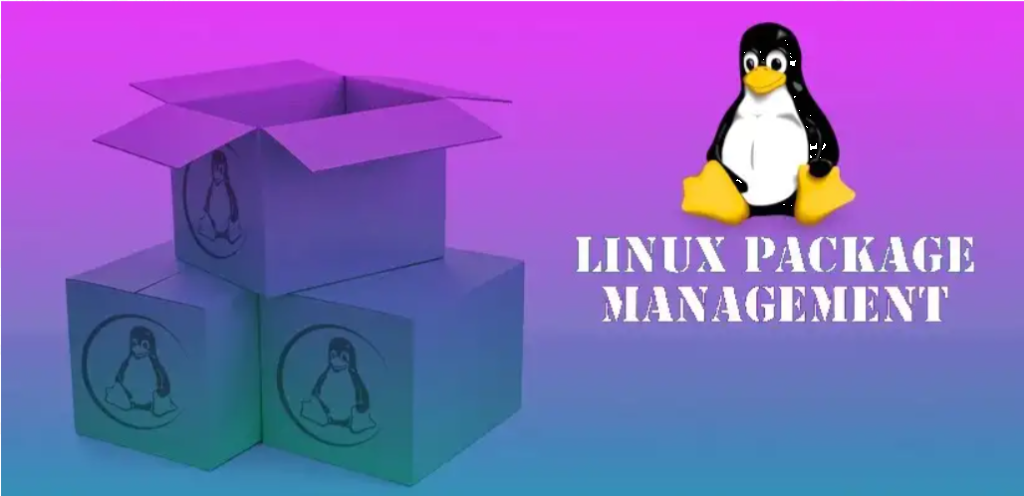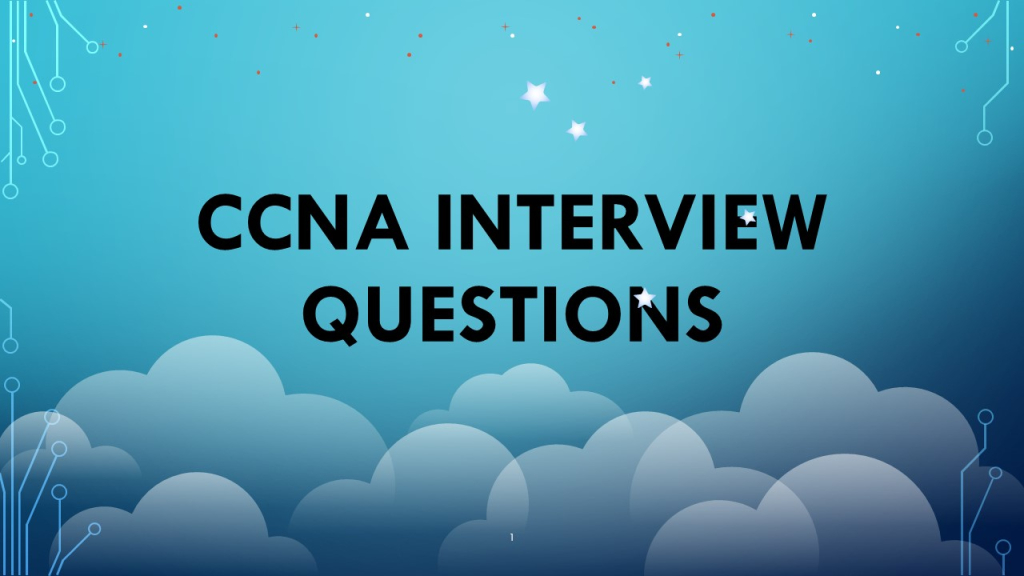1. Shopify Shopify ecommerce platform Of all the eCommerce platforms available, Shopify might be the most popular and effective one out there, and you're probably already familiar with it. Shopify is the most complete and feature-rich platform available, with millions of merchants across 170 countries. It also represents 10 percent of total U.S ecommerce and sees a spend of $444 billion in global economic activity. There are lots of tools to support your store on Shopify. For example, you can: Sell goods and services physically and digitally Sync to several social platforms including Facebook, Instagram and Pinterest, and online stores like Amazon Use...

Package Management in Linux
Package Management What is RPM Package Manager? RPM Package Manager (also known as RPM), originally called the Red-hat Package Manager, is an open-source program for installing, uninstalling, and managing software packages in Linux. RPM was developed on the basis of the Linux Standard Base (LSB). In latter-day usage, the "RPM" portion of this term arises from the fact that .rpm is the default extension for files used by the program. Advantages of RPM include straightforward program installation and uninstallation, automatic installation, ease of updating programs...

Top 10 Interview question's for CCNA in 2023
1. What is the difference between a switch and a router? Ans: Switch is a device which is used to connect multiple computer’s with in a single network and allow to transfer data between them. Router is used to connect multiple network’s and route between them based on IP addresses. 2. What is the purpose of the subnet mask in IP addressing? Ans: A subnet Mask is used in IP addressing to divide a large network into a smaller subnetwork, subnet mask help to determine for which part of IP address is designated for network portion and which part is for host portion 3. How does TCP/IP work and what are its key components? Ans: TCP/IP is a set of protocols that allow communication between devices over a network. Its key components are: IP (Internet Protocol): responsible for routing data packets to their destination. TCP (Transmission Control Protocol): responsible for reliable data transfer by dividing data into segments, retransmitting lost packets and reassembling the data at the receiver. DNS (Domain Name System): responsible for converting human-readable domain names into IP addresses. HTTP (HyperText Transfer Protocol): responsible for transmitting data over the web. FTP (File Transfer Protocol): responsible for transferring files over a network. These protocols work together to transfer data between devices over the internet or other networks. 4. Can you explain the OSI model and its purpose? Ans: The OSI (Open Systems Interconnection) model is a theoretical framework that defines the functions of a communication system. It divides the...

